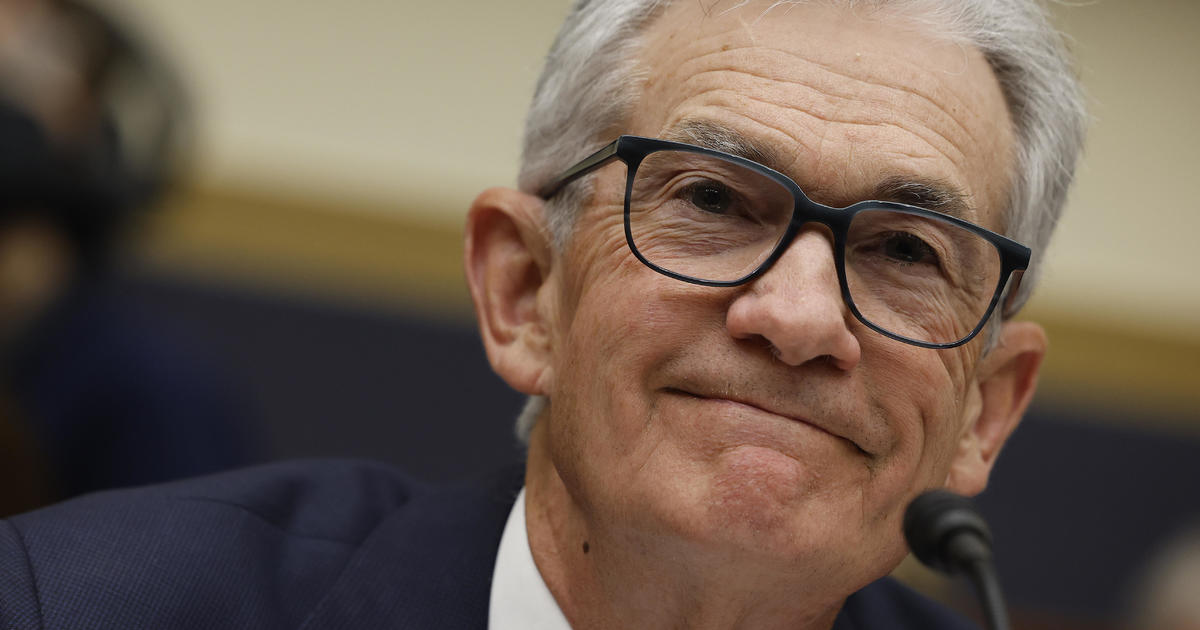Commentary: Can Trump grow the economy as much as he promises?
File this under promises that will be next to impossible to keep: President-elect Donald Trump’s vow to create 25 million new jobs over the next decade and boost economic growth to 3.5 percent annually, and perhaps as high as 4 percent.
Economic growth rates have fallen in recent decades for two primary reasons: slowdowns in labor force growth and in productivity growth.
U.S. labor force growth has slowed in recent years as the country’s population growth has fallen and the surge of women into the workforce has leveled off. It is possible to influence labor force participation rates. For example, those metrics have improved as the rebounding labor market has induced some people who had given up looking for work to search for a job once again.
But it appears the decline in population growth and the large exodus of workers from the labor market as baby boomers retire will be with us for some time. That’s one reason lower economic growth rates in the future should be expected.
But what matters for our standard of living is the growth of output relative to the growth of population, and here’s where the second important factor, productivity growth, comes into play. If, for example, GDP is growing at 2.5 percent and population is growing at 1 percent, then living standards will rise by 1.5 percent per year.
The difference between output and population growth depends on how fast technology is improving the economy’s ability to make productive use of resources. Unfortunately, productivity growth has been falling in recent decades, and it’s now much lower than it has been in the past. Turning this around will be difficult.
In order for Mr. Trump to achieve the economic growth rates he has promised, he’ll need to more than double the rate of productivity growth. To do that, he has promised “sweeping reforms in tax, trade, energy and regulatory policies.”
However, those are the standard supply-side and regulatory policies that Republicans have pursued in the past, and it remains very difficult to find that they’ve had any positive effect on productivity and economic growth, let alone more than doubling it.
Falling productivity growth isn’t confined to the U.S. Developed countries around the world are experiencing the same thing, so it’s hard to blame policies in any particular country for the problem.
What we do know about policies such as tax cuts for the wealthy is that they have redistributed income upward (“trickle up economics,” so to speak) and made the inequality problem worse.
That points to another factor to consider with Mr. Trump’s promises. Even if they somehow do increase productivity and economic growth, what will ensure that the gains are widely shared? In the last few decades, almost all of the benefits from economic growth have accrued to those at the top of the income distribution, and it’s unclear how a President Trump would change that.
Most forecasters expect economic growth to be around 2 percent in coming years, and while the country could push a bit above that, Mr. Trump’s promise of 3.5 percent or 4 percent average annual growth seems more than far-fetched.
Here’s my question. Will he try to find a way to blame Democrats, the press -- anyone else -- when his policies fail to fulfill his promises, or will he take responsibility for it himself? I think I know the answer, if he even admits to ever making such promises.




